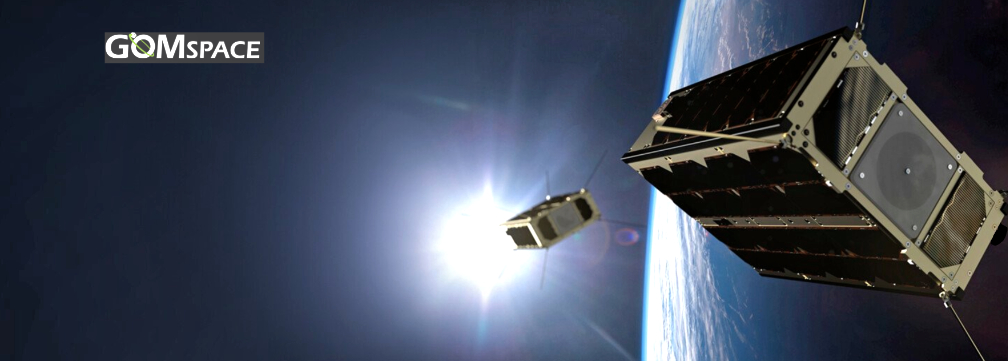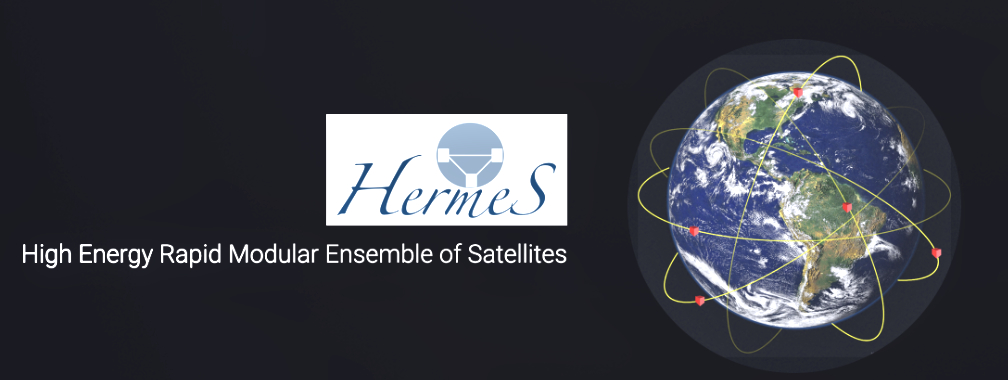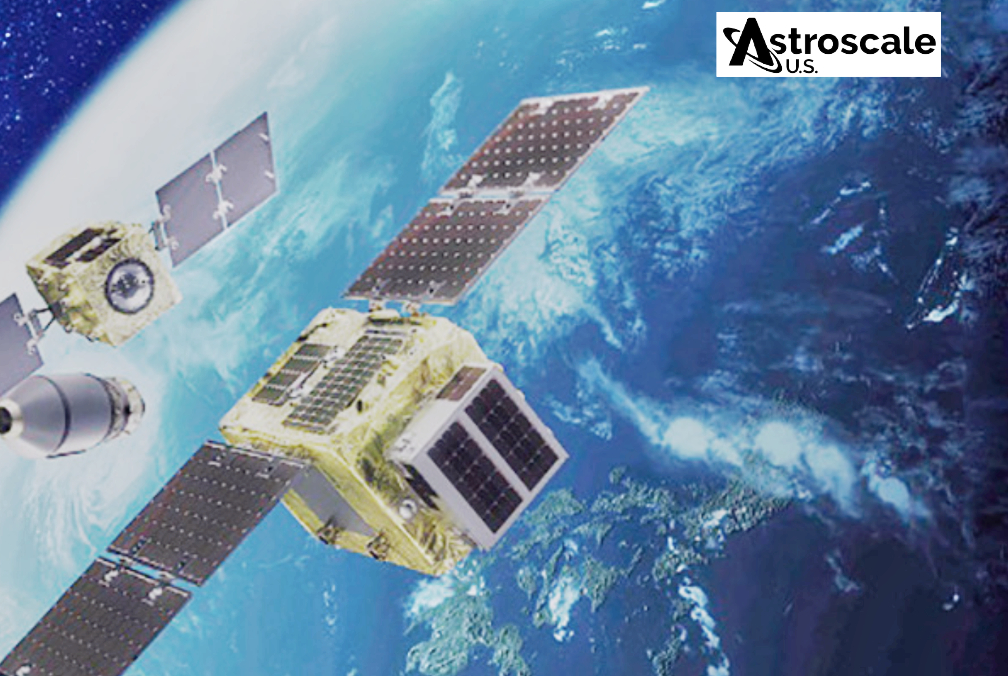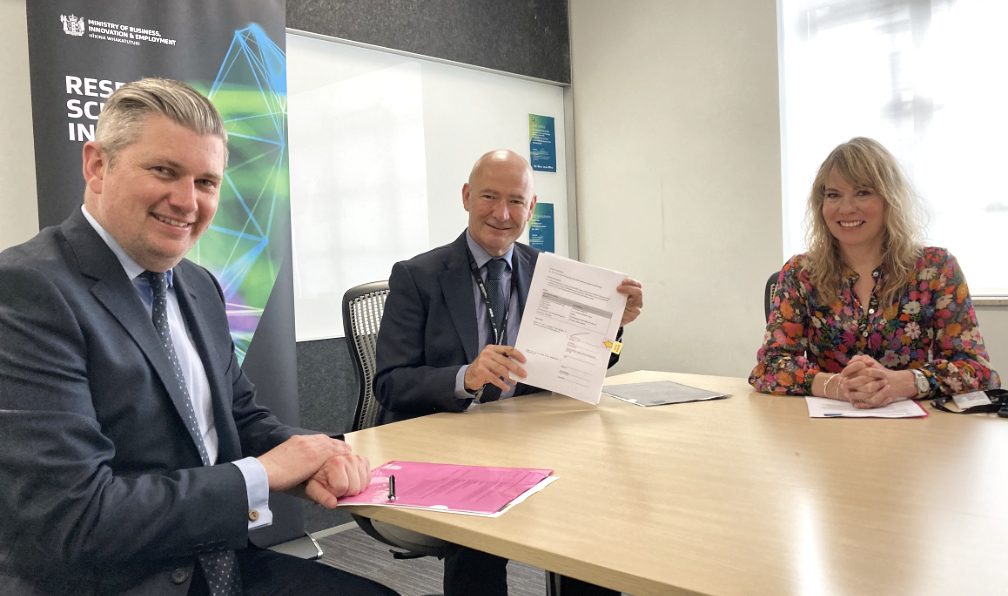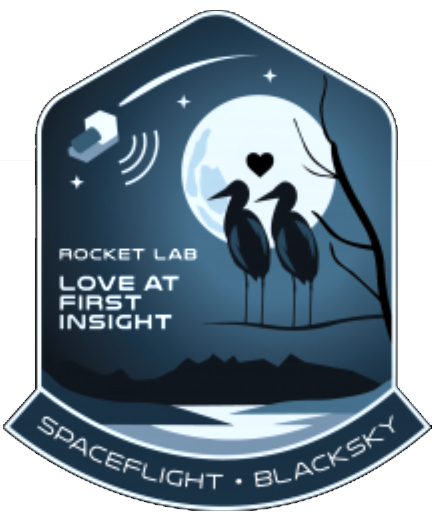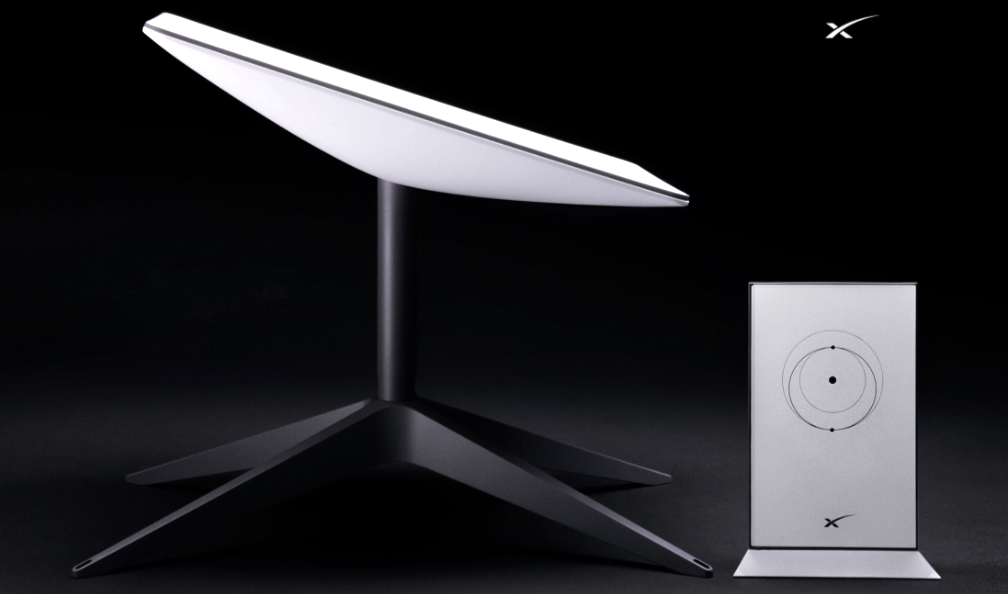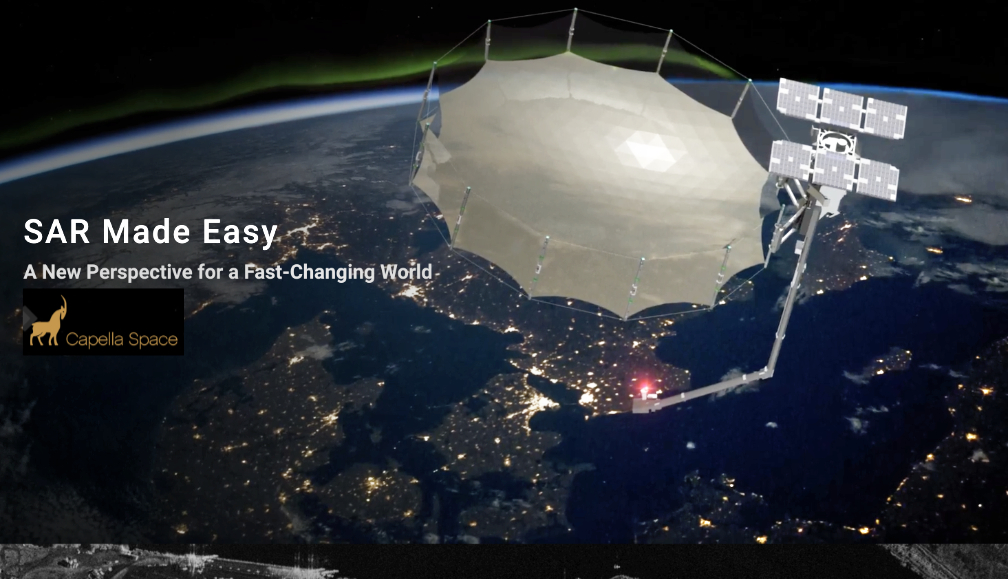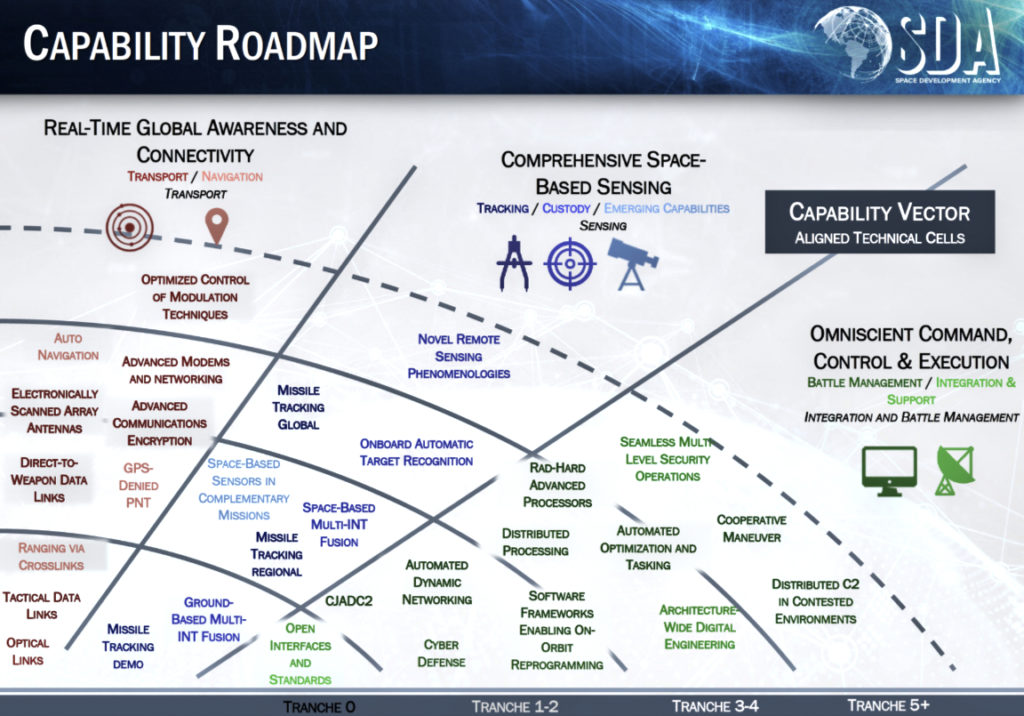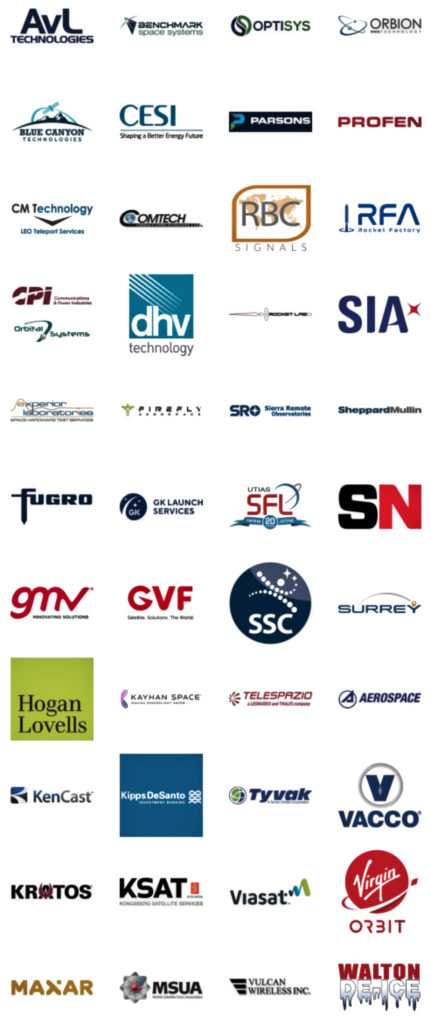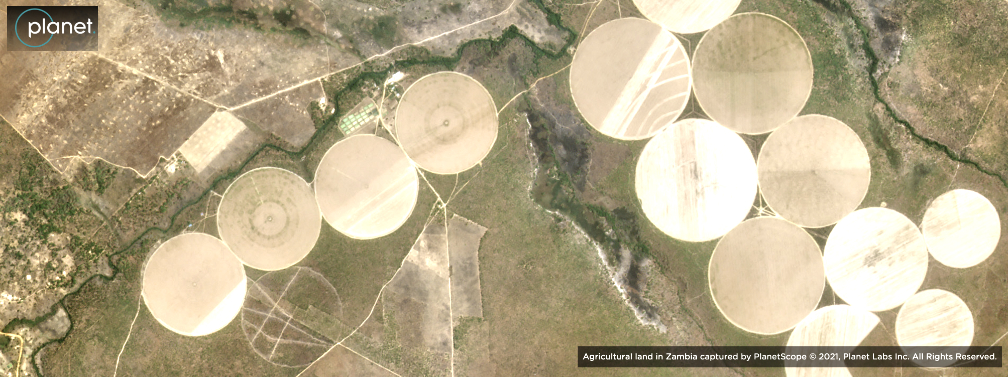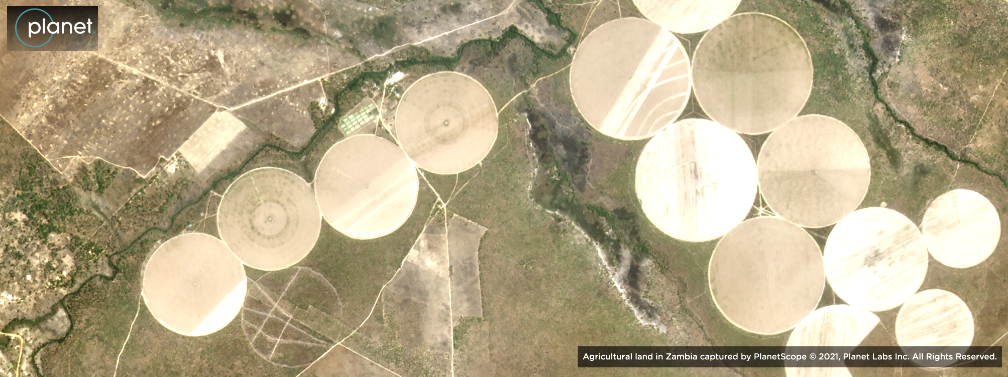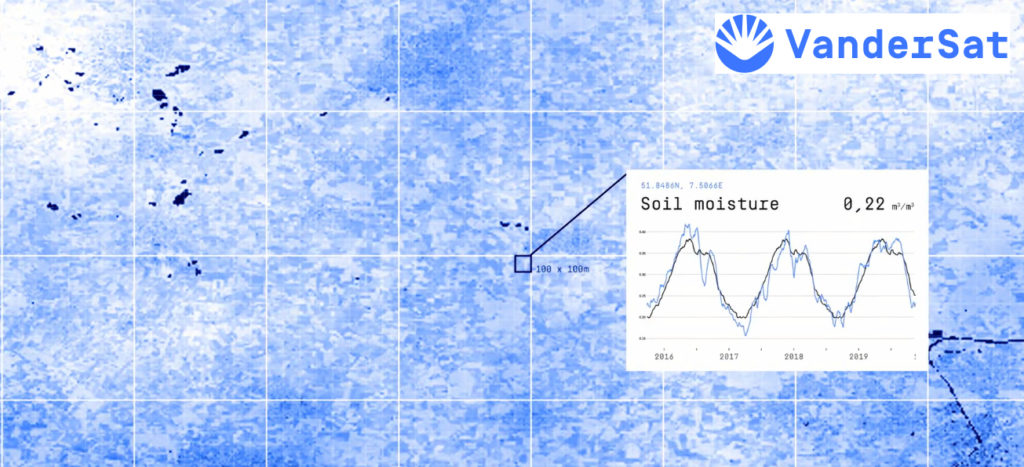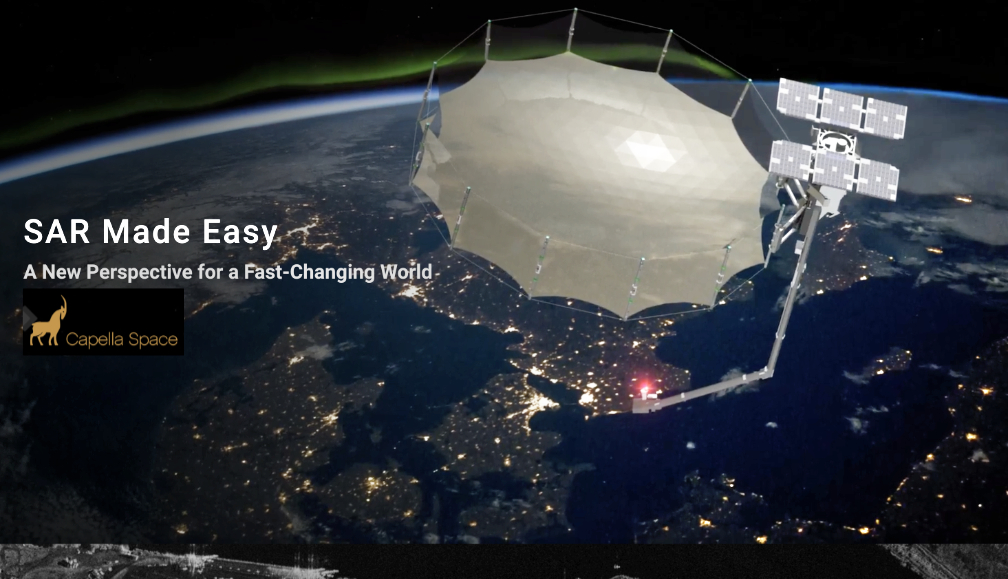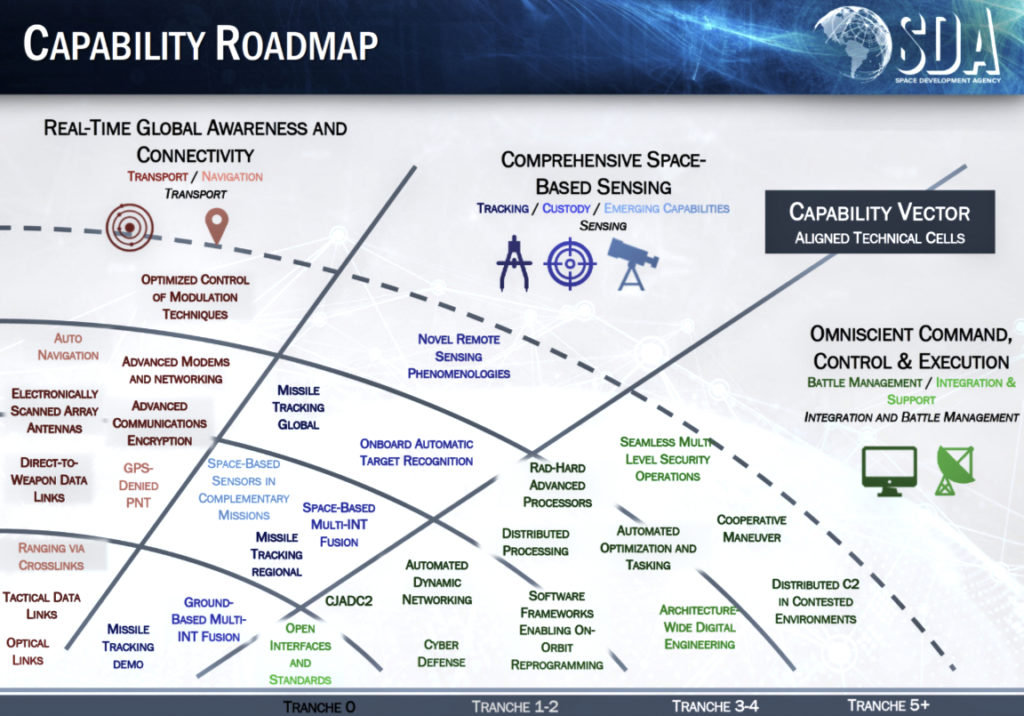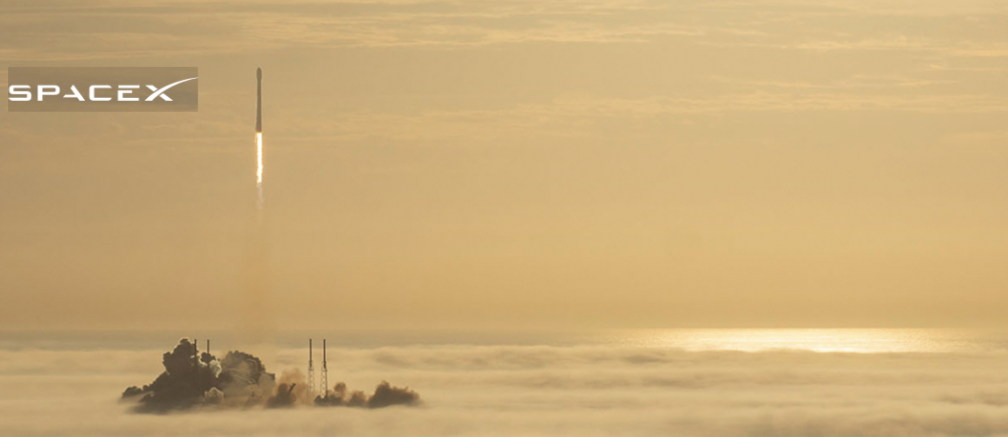
On Saturday, November 13, at 7:19 a.m., EST, a SpaceX Falcon 9 launched 53 Starlink satellites to orbit from Space Launch Complex 40 (SLC-40) at Cape Canaveral Space Force Station in Florida.
This was the ninth launch of this Falcon 9 first stage booster, which previously launched Crew Demo-2, ANASIS-11, CRS-21, Transporter-1, and now has five Starlink missions completed, fairing extremely well.
The company also managed another 1st stage landing. This Falcon 9 rocket has now been successfully launched on nine missions. The initial launch had been scheduled for November 12; however, uncooperative weather at the launch site required a 24 hour delay.

